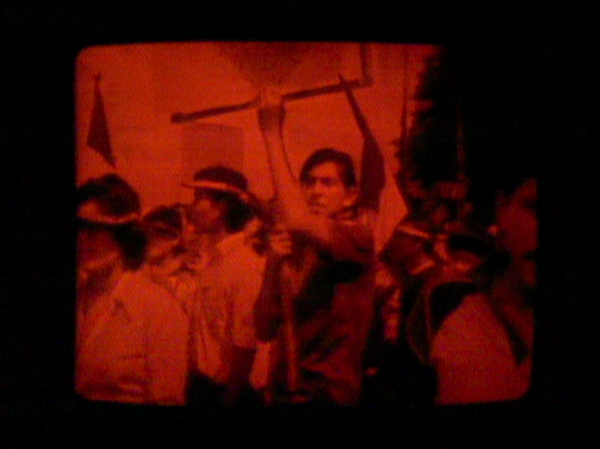Scenes for a Revolution

Revisiting material of his earlier four-part series, Marc Karlin returns to Nicaragua to examine the history of the Sandinista government, to consider its achievements and assess the prospects for democracy following its defeat in the 1990 general election. “For ten years, the Sandinistas had tried to make democracy mean access to education, health, nationhood, and the sense of collective responsibility. Now in one swift move Nicaragua found itself suddenly transplanted to the political events of Eastern Europe. It was as if differences, identities, separate histories, could all be electronically and democratically jammed. But then in this day and age, anyone and everyone could speak the word ‘democracy’. What it meant, what it felt like, what it could be as opposed to what it was not no-one would dare say. As if a democracy to really work had to be by definition valueless, orderless, heard but not seen. As if democracy could be about nothing else but the right to be left alone... For ten years Nicaragua had hardly been out of the headlines. Now that it was officially declared a democratic nation it was hardly ever heard of. As if democracy instead of making voices heard was there to silence them. A confirmation after all that history and all its wrongdoings had officially ended. But these images, so often seen in films on the Third World, to the point of invisibility, were the product of a bitter poverty which had not been erased. If in 1983 we had come to film a socialism that had hopefully learned from its past mistakes, in May 1990 we were still filming the reasons why that dream would simply not go away.” (MK)